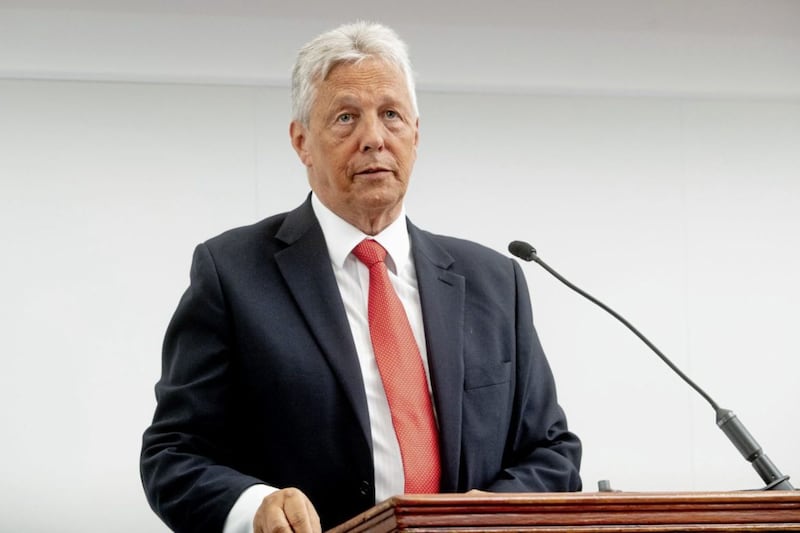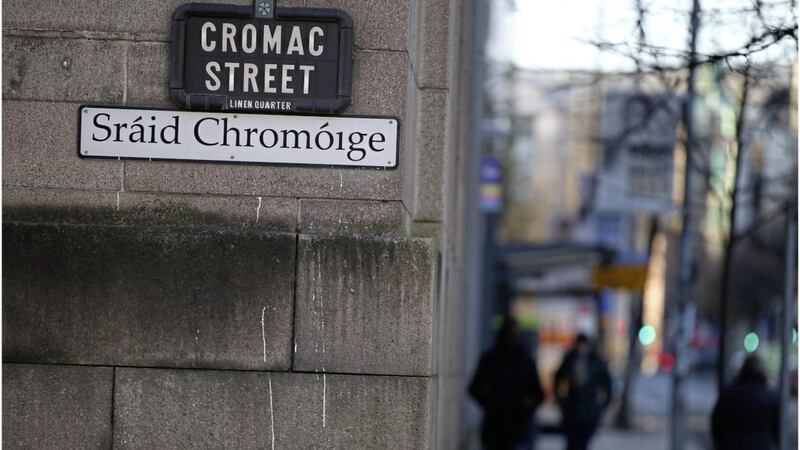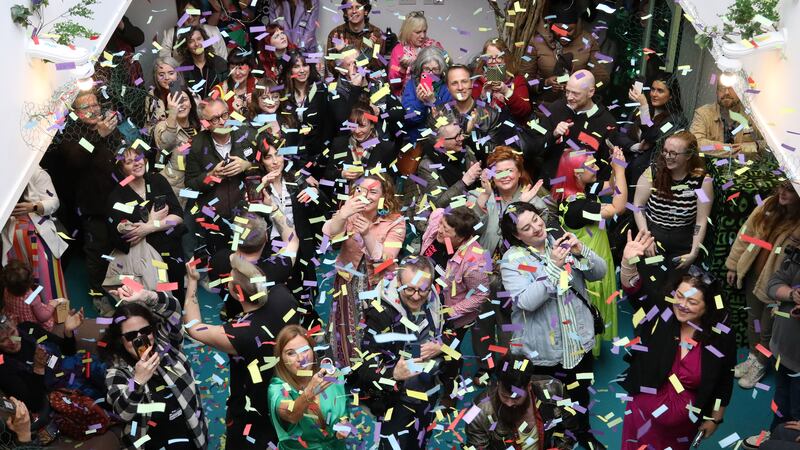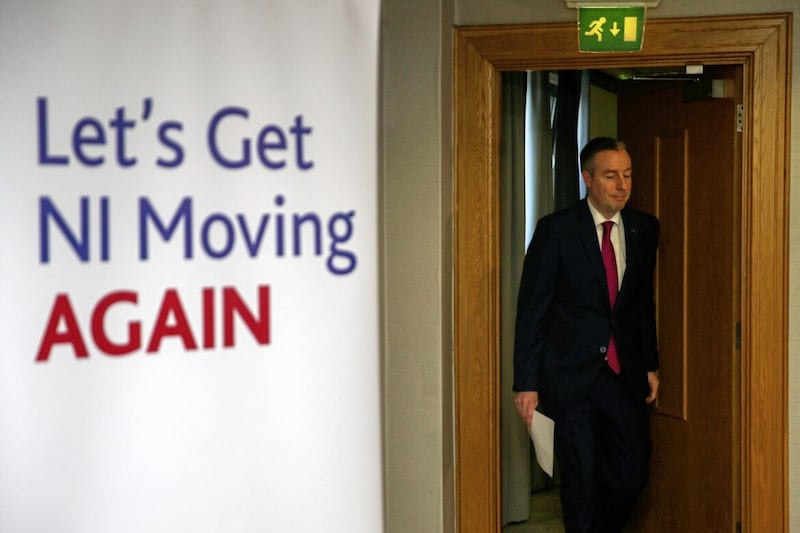RECENT discussions on demographic change in Northern Ireland and the possibility of a Catholic majority in the near future are foreshadowed in previously confidential files from 1992.
In a note to officials, dated July 22, 1991, D A Hill of the Economic and Social Division of the NIO noted that in recent discussions on whether a simple majority should decide whether Northern Ireland should be part of the UK or the Republic, "there has been an underlying assumption that, at some point, the Catholic population would become a majority".
There was also a concern, he noted, that, as the Catholic population approached majority-status, "that fact would cause political turbulence".
As a result, Hill asked a population expert, Edward Jardine whether, and if so, when the Catholic population would become a majority in Northern Ireland.
Jardine's report indicated, while "it was the case in the late 1970s and early 1980s that there would be a Catholic voting majority by 2036", there had recently been a decline in the Catholic birth rate while the Protestant birth rate had remained broadly stable.
"The recent dramatic collapse of the birth rate in the Republic made a Catholic majority in the North less likely," Hill suggested.

He informed colleagues "in practice much depends not only on the level of the Catholic birth rate, but also on the level of emigration" and, if there was to be a Catholic majority, it would not be "until well into the next century".
Hill pointed out a simple Catholic majority of voting age would not mean a "voting majority for a United Ireland" as a part of the Catholic community "has a broadly Unionist outlook".
If a majority for a United Ireland were to emerge in the next fifty years, it would be, he believed, because a substantial part of the Unionist vote had changed its views.
READ MORE:
- Former top civil servant warned of 'deep divisions' and 'unionist alienation'?
- SDLP 'worried about party finances' in 1992
- 'All unionists are bigots' Irish official 'told British ambassador'
- Workers' Party split in 1992 sparks London interest
- John Hume target of John Major's wrath over 1992 talks
However, in July 1992, Pat Ransford, another official, argued that a number of factors which might "tip the balance" towards a small Catholic majority in the early 21st century, and possibly towards a majority in favour of a United Ireland.
She noted that migration patterns had changed, and "if measures which have been brought in to reduce discrimination and employment succeed, one might expect the differential to reduce further".
She also felt the underlying reason for current voting patterns needed to be considered further.
"One hypothesis might be that Catholic support for Unionism is partly explicable as adaptative survival behaviour - crudely put, `if you cannot beat them, join them'."
In an echo of former DUP leader Peter Robinson's recent speech 26 years later, she concluded "it does seem worth having some strategies that do not suppose that a possible majority for constitutional change early next century is totally remote as a possibility".
It is now estimated that a Catholic voting majority will emerge in the next decade.








